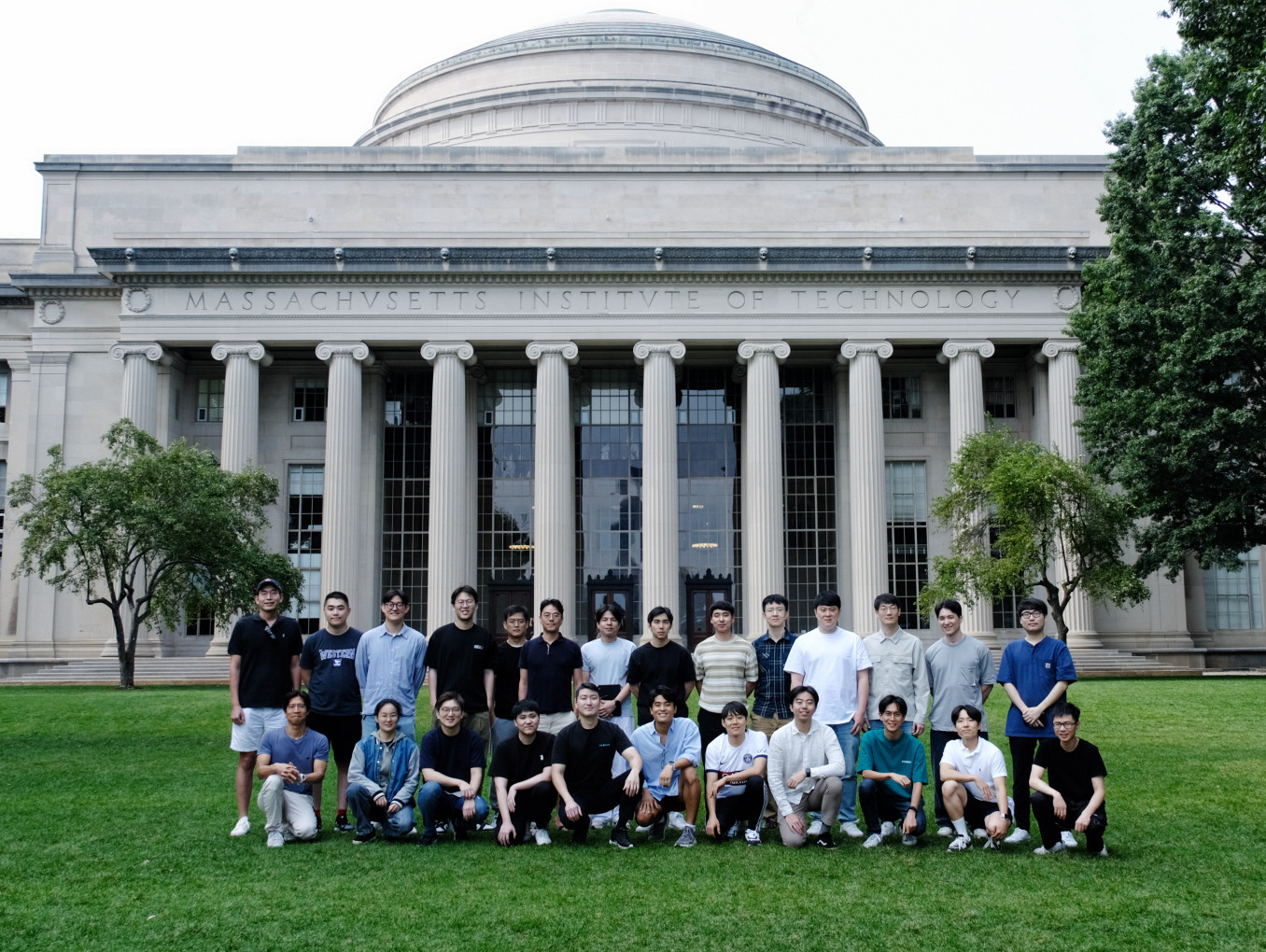Advancing Semiconductor Technology: Jeehwan Kim's Wafer-Free 3D Integration Innovations
Breaking the Wall of Semiconductor 3D Integration
Winner Interview 2024: Engineering & Technology
Jeehwan Kim is transforming semiconductor technology with his development of wafer-free 3D integration. His innovations in remote and growth-based epitaxy techniques enable the vertical stacking of single-crystalline semiconductor devices, enhancing performance and reducing complexity and cost. This breakthrough paves the way for advanced 3D logic/memory systems and AI applications, marking a significant advancement in the field of electronics and optoelectronics.
Which wall does your research or project break?
3D heterogeneous integration, which involves the vertical stacking of wafers with embedded electronic devices, is emerging as a leading method for enhancing the performance of electronics and optoelectronics. This approach, however, requires complex procedures, including the creation of through-silicon vias (TSVs), filling these vias with copper, and bonding wafers via micro-bumps or copper hybrid bonding. Monolithic 3D (M3D) integration, which eliminates the use of wafers in this assembly, has the potential to streamline processes and reduce data path lengths. However, current technologies rarely allow for the removal and reassembly of active single-crystalline devices from wafers.
Over the past decade, my group at MIT has been at the forefront of developing epitaxy techniques to break of the wall of wafer-free 3D integration of single-crystalline semiconductor devices. Our first major breakthrough was the invention of remote epitaxy, which enables transfer-based M3D integration of single-crystalline devices. This method involves the growth of single-crystalline films on a graphene-coated substrate, allowing the film to be easily peeled off and transferred to another substrate.
Building on this innovation, we discovered a method for growth-based M3D integration. This approach involves growing single-crystalline channel materials directly on integrated circuits at a back-end-of-line (BEOL) compatible temperature, which is crucial for ensuring that the process does not damage pre-existing circuitry. This method unlocks the potential for seamless monolithic integration, which is essential for the development of advanced 3D logic/memory and AI systems.
These advancements mark a significant step forward in the field of semiconductor technology. By eliminating the need for traditional wafer-based processes, we can reduce the complexity and cost of 3D integration, while also improving performance. The potential applications of this technology are vast, ranging from more powerful and efficient computing systems to advanced AI applications.
What are the three main goals of your research or project?
The primary goal of my research is to develop a method for stacking single-crystalline semiconductor devices vertically without using wafers in between. This innovation aims to streamline the integration process and enhance the performance of electronic devices. The second objective is to create advanced epitaxy techniques for forming high-quality semiconductor materials. These materials should be either releasable from their original substrate or capable of being grown directly on existing electronic or photonic circuitry. This approach not only simplifies the fabrication process but also ensures compatibility with current technologies.
Lastly, the third goal is to achieve advanced monolithic 3D integration systems. These systems would comprise high-quality single-crystalline devices stacked vertically without the need for wafers. By breaking the wall of fine-featured interconnection in electronic circuits, this research will enable the development of high-density memory and logic systems, leading to more powerful and efficient computing solutions.
Overall, this research has the potential to revolutionize the semiconductor industry by reducing complexity, improving performance, and lowering costs. The advancements made in wafer-free 3D integration and epitaxy techniques will pave the way for a new era of electronics, characterized by highly efficient and densely packed semiconductor devices.
What advice would you give to young scientists or students interested in pursuing a career in research, or to your younger self starting in science?
First, research should feel like a hobby rather than a job. To truly enjoy your research, seek out significant problems within the community that present substantial challenges. Focus on problems that currently lack solutions, as tackling these will be more engaging and fulfilling. Second, never assume that problems unsolved by the community are beyond your ability to solve. Similarly, don't believe that if you can't solve a problem, no one else can either. With persistence and confidence, you can overcome any challenge in the research community. Believe in your potential and stay determined.
Third, avoid trying to predict the future of technology or relying too heavily on others' predictions. The future is inherently uncertain, and placing too much energy in forecasts can limit your creativity and innovation. Instead, focus on being innovative and trust that your ideas and efforts will shape the future. Confidence in your unique perspective and solutions is crucial.
I really like to emphasize that you should approach research with a sense of enjoyment and curiosity, target unsolved and significant challenges, maintain confidence in your ability to solve complex problems, and focus on innovation without being constrained by predictions. By doing so, you can make meaningful contributions and drive progress in your field.


